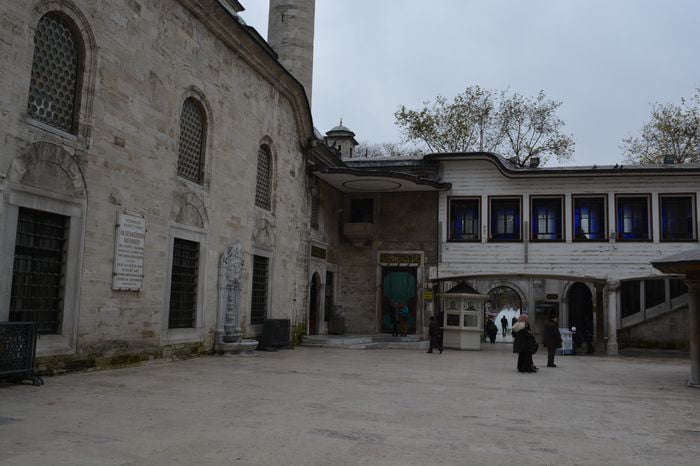Bulgaria’s Constitution was built on a very fair and wide-reaching foundation, and it still stands strong today.
In 1881, Prince Alexander of Battenberg, under pressure from other countries, suspended the Constitution. But by 1886, he brought it back. That same year, outside powers again forced him to step down Customized Tours Istanbul.
Joining with Eastern Roumelia
When Eastern Roumelia united with Bulgaria in 1885, the Constitution was extended to cover that region too. Later, when Bulgaria gained some new land through the Treaty of Bucharest, the Constitution was also applied there. This shows Bulgaria’s commitment to treating all parts of the country equally.
A Truly Democratic Government
Today, the Bulgarian parliament, called the Sobranie (or House of Assembly), has 244 members. Out of those, 41 are from the new territory added by the Treaty of Bucharest. Among them are 14 Turkish members, with 11 from the new land.
No other Balkan country has such a fair and democratic system, especially one that also includes people from newly added territories.
Fast Growth and Modern Cities
Only 37 years ago, Bulgaria was still a part of the Turkish Empire. The capital city, Sofia, was just a small Turkish village with only about 20,000 people in 1878 Fourth Letter.
Now, Sofia is a modern city with electric trams, electric lighting, clean water, and proper drainage. It has many beautiful buildings and a famous mineral bath fed by a hot spring, said to be the best in any European capital. The city’s population has grown to over 120,000.
A Growing Nation
When the Treaty of Berlin formed Bulgaria in 1880, the population was just over 2 million. Eastern Roumelia had nearly 943,000 people in 1884. After the two regions united in 1887, the total population was 3.15 million.
From 1887 to 1910, the population grew by over 1.18 million people. By 1912, Bulgaria had 4.43 million people—about half men and half women.
Railway Expansion
Bulgaria has also made big progress in building railways. In 1878, there were only 528 kilometers of railway lines. That number rose to 637 kilometers by 1888, and by 1914, Bulgaria had almost 2,000 kilometers of railways.







